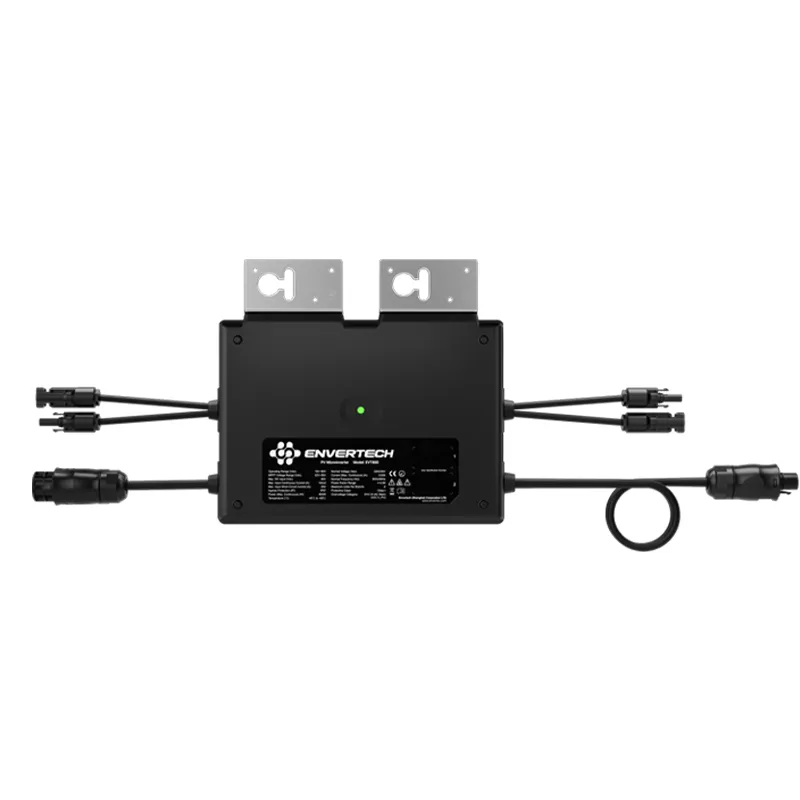High-Efficiency Electrical Inverters for Renewable Energy Solutions
Understanding Electrical Inverters An Essential Technology for Modern Energy Solutions
In today's rapidly evolving energy landscape, electrical inverters play a crucial role in bridging the gap between various energy sources and their intended applications
. From solar energy installations to uninterruptible power supplies (UPS), inverters are integral components that convert direct current (DC) to alternating current (AC), making it possible for various electrical devices to function efficiently.At its core, an electrical inverter is a device that transforms DC electricity, which is produced by sources like batteries, solar panels, and fuel cells, into AC electricity, which is the standard form of electricity used in homes and businesses. This conversion is critical because most household appliances, as well as the electrical grid, operate on AC power. Without inverters, it would be impossible to utilize the abundant renewable energy generated from sources such as solar or wind power.
One of the most significant applications of inverters is in solar power systems. Solar panels produce DC electricity when exposed to sunlight. An inverter is then employed to convert this electricity into AC, which can be fed into the electrical grid or used to power home appliances directly. Additionally, inverter technology has advanced over the years, leading to the development of grid-tied inverters that synchronize with the electrical grid. This feature allows excess energy produced during sunny days to be sent back to the grid, providing financial incentives for homeowners through net metering.
electrical inverter

Moreover, inverters are essential in off-grid applications, such as remote cabins or camping sites. In these situations, inverters are used in conjunction with battery storage systems to provide a reliable and portable source of AC power. Directly connected to batteries that store energy from wind turbines, solar panels, or generators, these inverters robustly supply power when needed, ensuring that devices can operate smoothly regardless of the energy source's availability.
In the realm of renewable energy, there are two primary types of inverters string inverters and microinverters. String inverters are typically used in larger solar installations, where multiple panels are connected in series. Microinverters, on the other hand, are mounted individually on each solar panel, allowing for maximum efficiency. This is especially beneficial in conditions where shading or varying orientations affect individual panels. By utilizing microinverters, homeowners can optimize energy production from each panel, leading to enhanced overall system performance.
In addition to their applications in solar energy, inverters are also vital in electric vehicles (EVs). They manage the conversion of DC power stored in EV batteries to AC power for motor operations, enabling smooth and efficient vehicle performance. As the demand for electric vehicles continues to rise, advancements in inverter technologies will likely lead to greater efficiency and performance in this sector.
In conclusion, electrical inverters are a cornerstone of modern energy solutions. Their ability to convert DC to AC power ensures that renewable energy sources can be harnessed effectively and integrated into everyday life. As technology continues to advance, inverters will undoubtedly play a vital role in our transition to sustainable energy systems, making them an essential component for the future of energy consumption. Whether powering homes, vehicles, or remote locations, inverters are pivotal in our journey toward an energy-efficient future.
-
Unlocking Energy Freedom with the Off Grid Solar InverterNewsJun.06,2025
-
Unlock More Solar Power with a High-Efficiency Bifacial Solar PanelNewsJun.06,2025
-
Power Your Future with High-Efficiency Monocrystalline Solar PanelsNewsJun.06,2025
-
Next-Gen Solar Power Starts with Micro Solar InvertersNewsJun.06,2025
-
Harnessing Peak Efficiency with the On Grid Solar InverterNewsJun.06,2025
-
Discover Unmatched Efficiency with the Latest String Solar InverterNewsJun.06,2025







